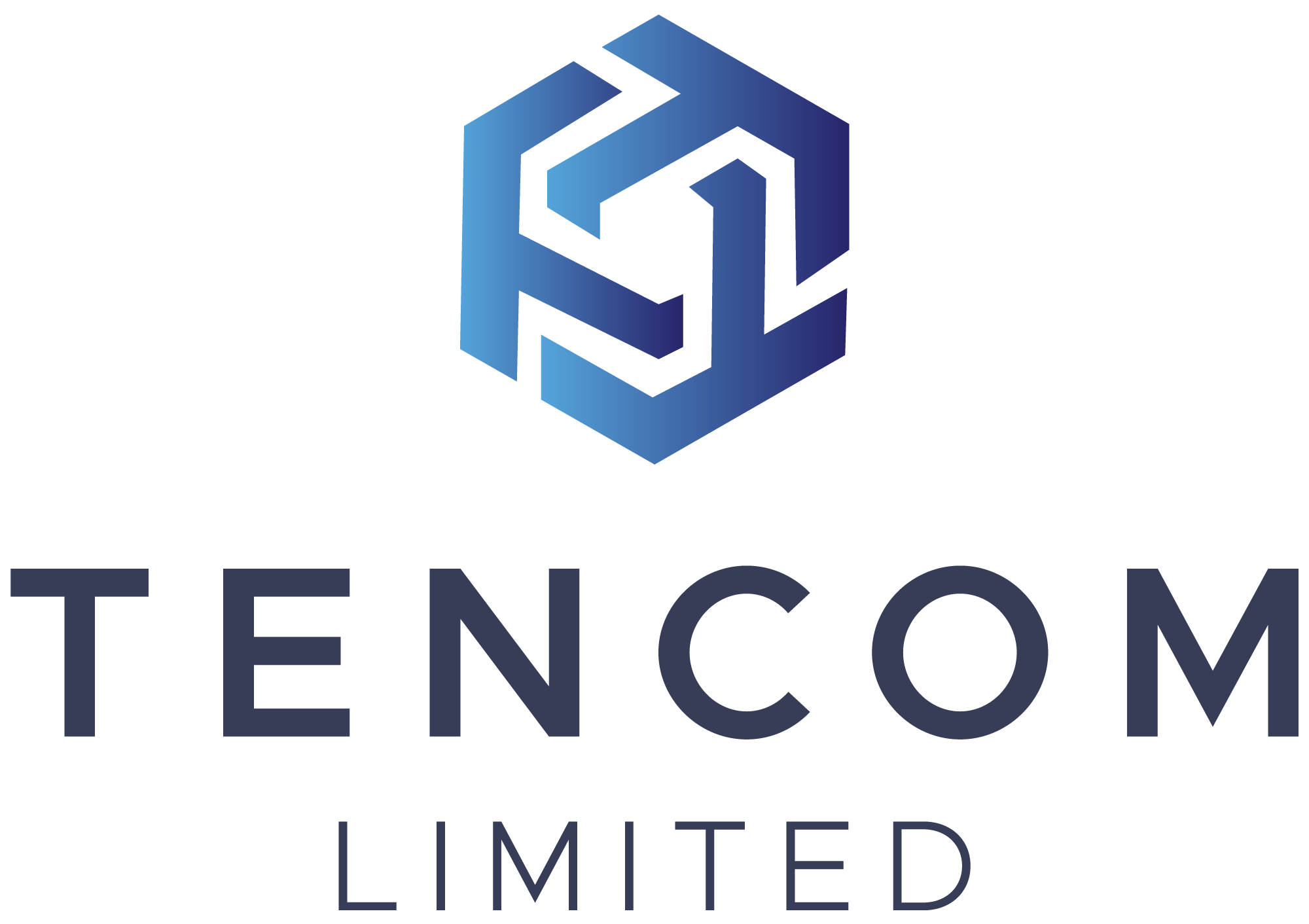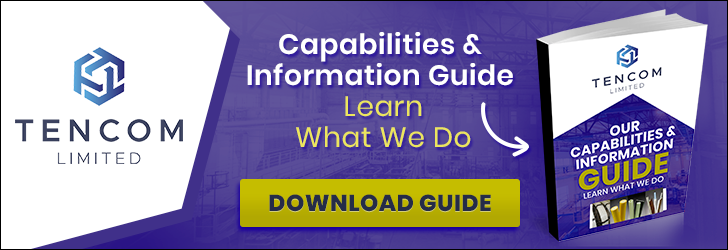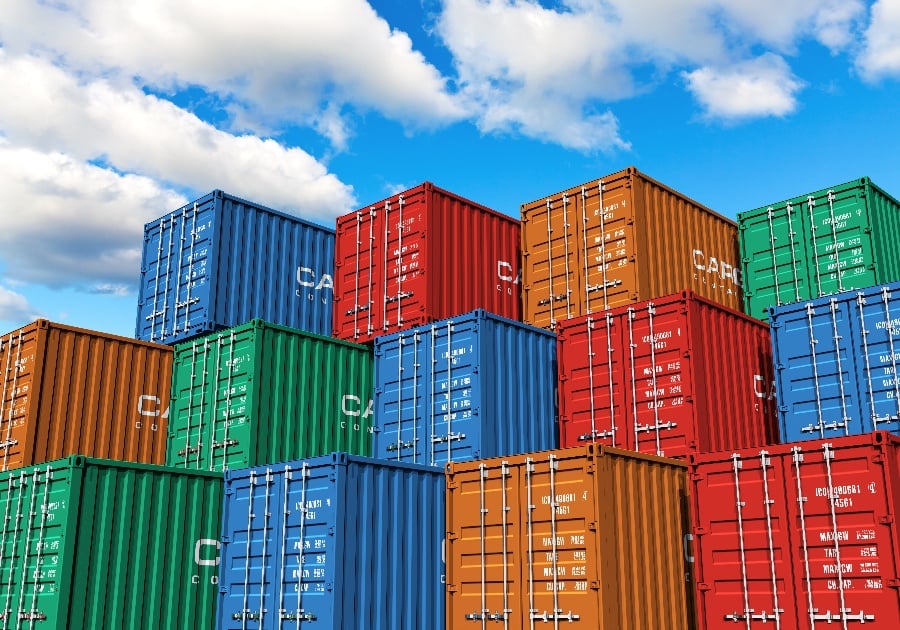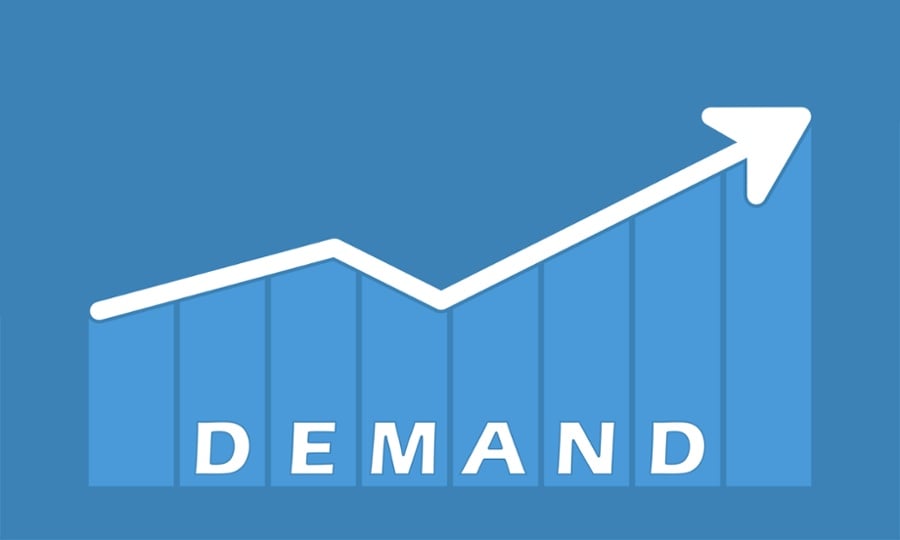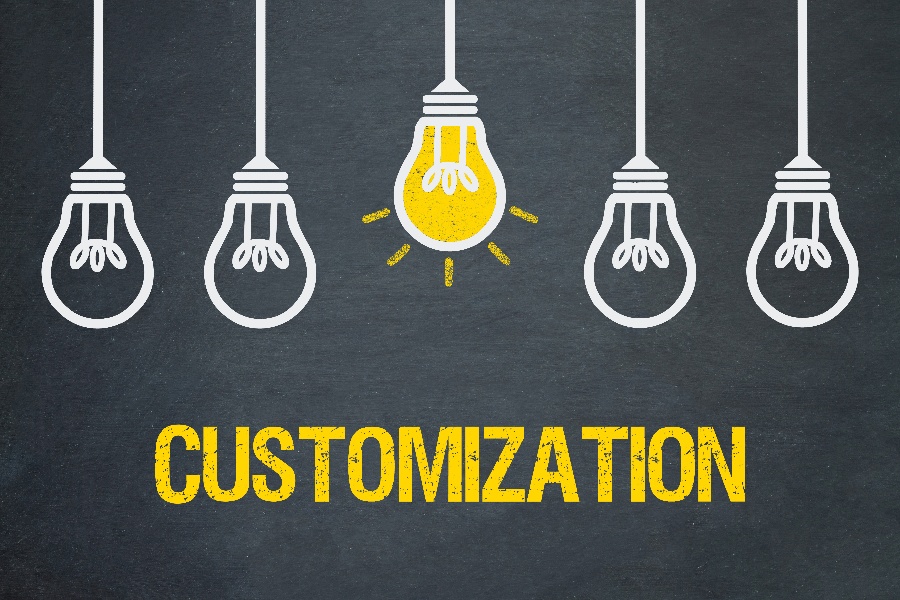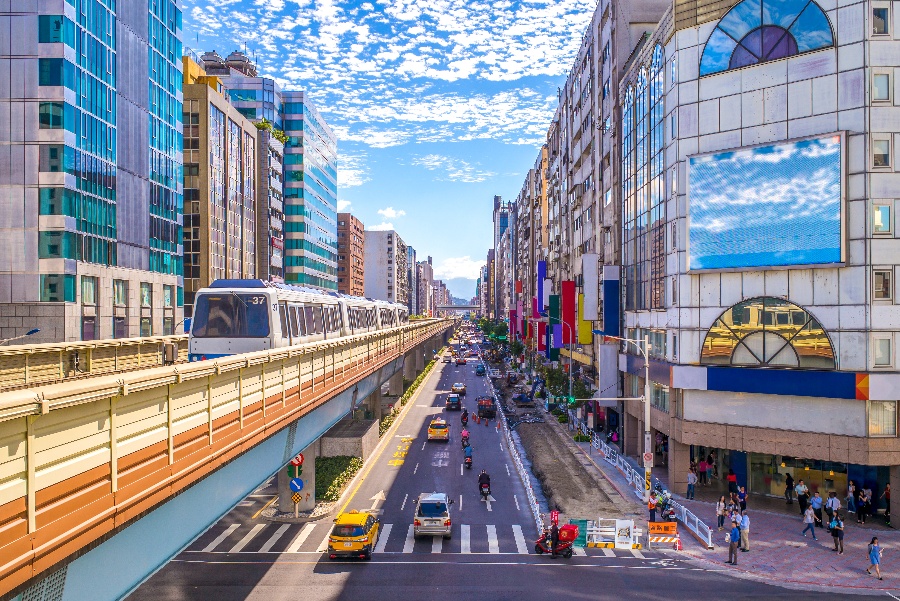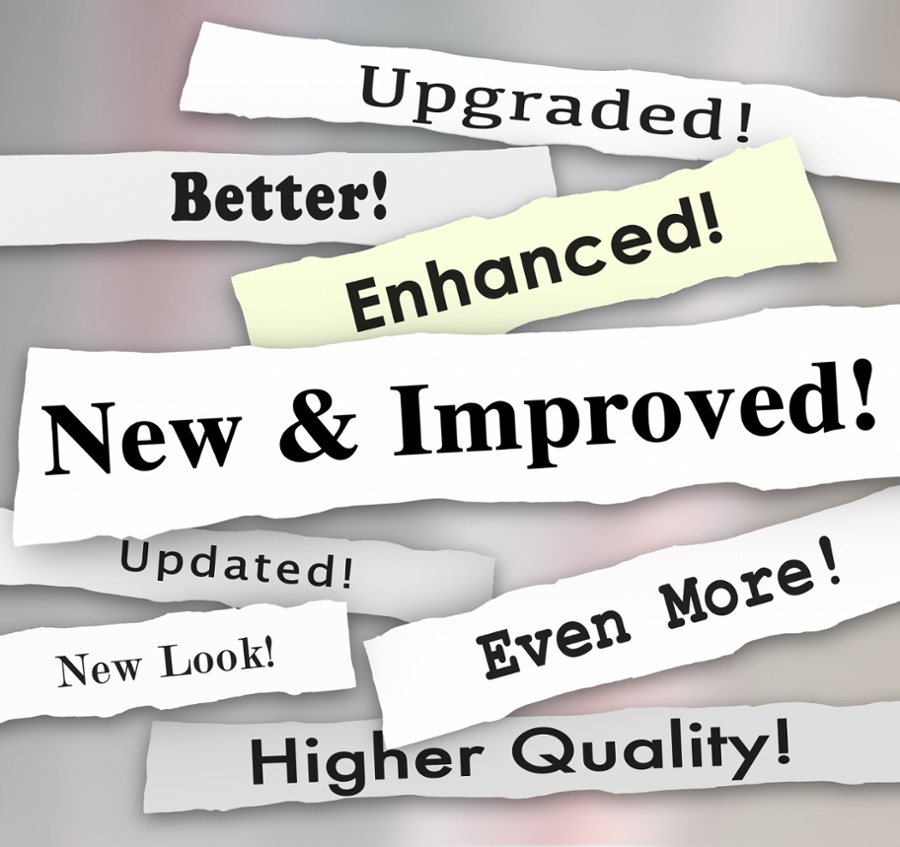
Fiberglass pultrusion, a process that creates strong, lightweight composite profiles, is gaining momentum across industries due to its durability and versatility. Several trends in technology, applications, and market demands are shaping the pultrusion industry, offering new opportunities for businesses seeking high-performance materials.
Below, we explore the key trends driving fiberglass pultrusion and how they can benefit your projects.
1. Growing Use in Renewable Energy Applications
The global shift toward renewable energy is increasing demand for pultruded fiberglass, thanks to its lightweight, corrosion-resistant, and non-conductive properties. Key applications include:
-
Wind Energy: Pultruded fiberglass is used in wind turbine components like blade spars and nacelle covers, offering durability in harsh weather conditions.
-
Solar Infrastructure: Fiberglass profiles support solar panel frameworks, resisting UV exposure and environmental wear.
As renewable energy projects expand, pultruded fiberglass is becoming a preferred material for sustainable, long-lasting components.
2. Advancements in Resin and Fiber Technologies
Innovations in raw materials are enhancing the performance of pultruded fiberglass products. Notable developments include:
-
High-Performance Resins: New resin systems, including bio-based or low-VOC options, improve fire resistance, thermal stability, and environmental sustainability.
-
Hybrid Fibers: Combining glass fibers with carbon or aramid fibers creates profiles with superior stiffness and strength for applications in aerospace or automotive industries.
These advancements enable manufacturers to produce pultruded products that meet stringent performance and regulatory standards, appealing to industries seeking advanced solutions.
3. Expansion in Infrastructure and Construction
Pultruded fiberglass is increasingly used in infrastructure projects for its corrosion resistance and low maintenance. Current trends include:
-
Bridge and Walkway Construction: Fiberglass decking, railings, and structural profiles are replacing steel and concrete in pedestrian bridges and highway overpasses, offering longer lifespans and reduced maintenance costs.
-
Urban Development: Lightweight, modular fiberglass components are used in smart city projects, such as bus shelters and streetlight poles, supporting sustainable urbanization.
With a focus on longevity and cost-efficiency, pultruded fiberglass is capturing a growing share of the infrastructure market.
4. Emphasis on Sustainability and Circular Economy
Environmental priorities are pushing pultrusion manufacturers toward greener practices. Key sustainability trends include:
-
Recyclable Composites: Efforts to develop recyclable fiberglass and resin systems allow end-of-life pultruded products to be repurposed, reducing waste.
-
Energy-Efficient Production: Manufacturers are optimizing pultrusion processes to lower energy use and minimize waste, aligning with global sustainability goals.
These initiatives attract eco-conscious customers and ensure compliance with environmental regulations.
5. Customization for Specialized Applications
The flexibility of pultrusion enables highly customized profiles, with rising demand for tailored solutions. Industries are seeking:
-
Specialized Profiles: Custom shapes and sizes for unique applications, such as lightweight supports in aerospace or intricate grating systems in chemical plants.
-
Functional Additives: Incorporating UV inhibitors, anti-slip coatings, or fire-retardant properties to meet specific project requirements.
Manufacturers offering versatile design and rapid prototyping are well-positioned to meet the needs of clients with complex specifications.
6. Integration with Smart Technologies
The adoption of Industry 4.0 principles is transforming pultrusion manufacturing. Emerging trends include:
-
Smart Manufacturing: Sensors and automation in pultrusion lines enhance quality control, reduce defects, and enable real-time production monitoring.
-
Embedded Sensors in Products: Pultruded fiberglass components with integrated sensors for structural health monitoring are gaining popularity in infrastructure and transportation, providing data on stress, corrosion, or wear.
These technologies improve product reliability and position pultruded fiberglass as a cutting-edge material for high-tech applications.
7. Growth in Emerging Markets
Demand for pultruded fiberglass is rising in developing regions, driven by industrialization and environmental challenges. Key markets include:
-
Asia-Pacific: Rapid infrastructure development in countries like India and Southeast Asia fuels demand for corrosion-resistant, cost-effective materials.
-
Middle East: Harsh environmental conditions make pultruded fiberglass ideal for oil and gas, marine, and construction projects.
Companies expanding into these regions or partnering with local distributors can tap into significant growth opportunities.
Why These Trends Matter for Your Business
The trends shaping fiberglass pultrusion—renewable energy applications, material innovations, infrastructure growth, sustainability, customization, smart technologies, and emerging markets—demonstrate its adaptability and value. By embracing these trends, businesses can lower costs, enhance project durability, and meet evolving industry standards.
At Tencom, we’re leading the way in delivering high-quality pultruded fiberglass solutions tailored to your needs. Contact us today to discover how our products can elevate your next project.
